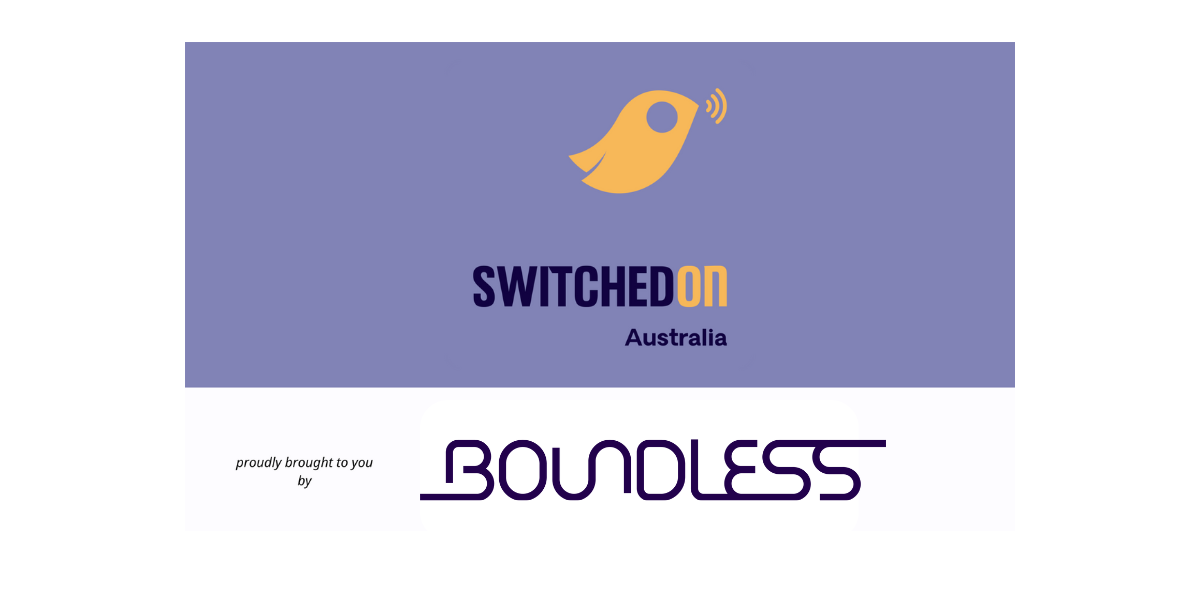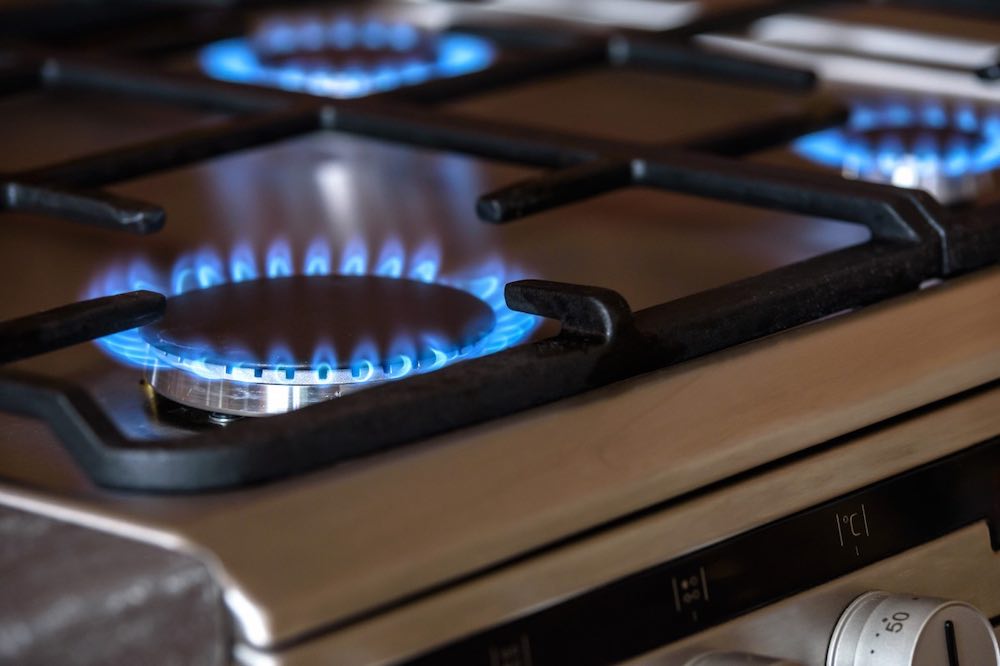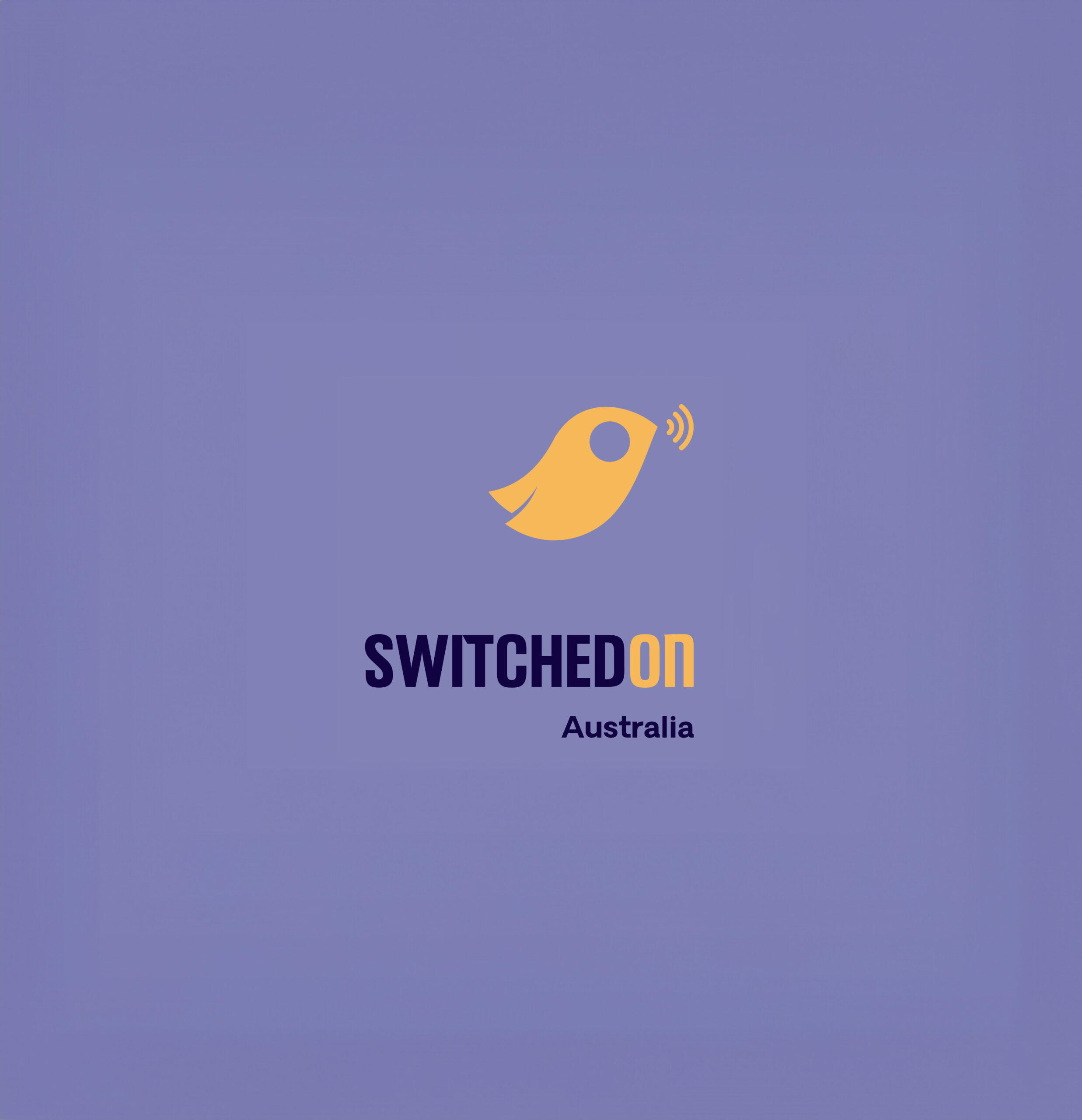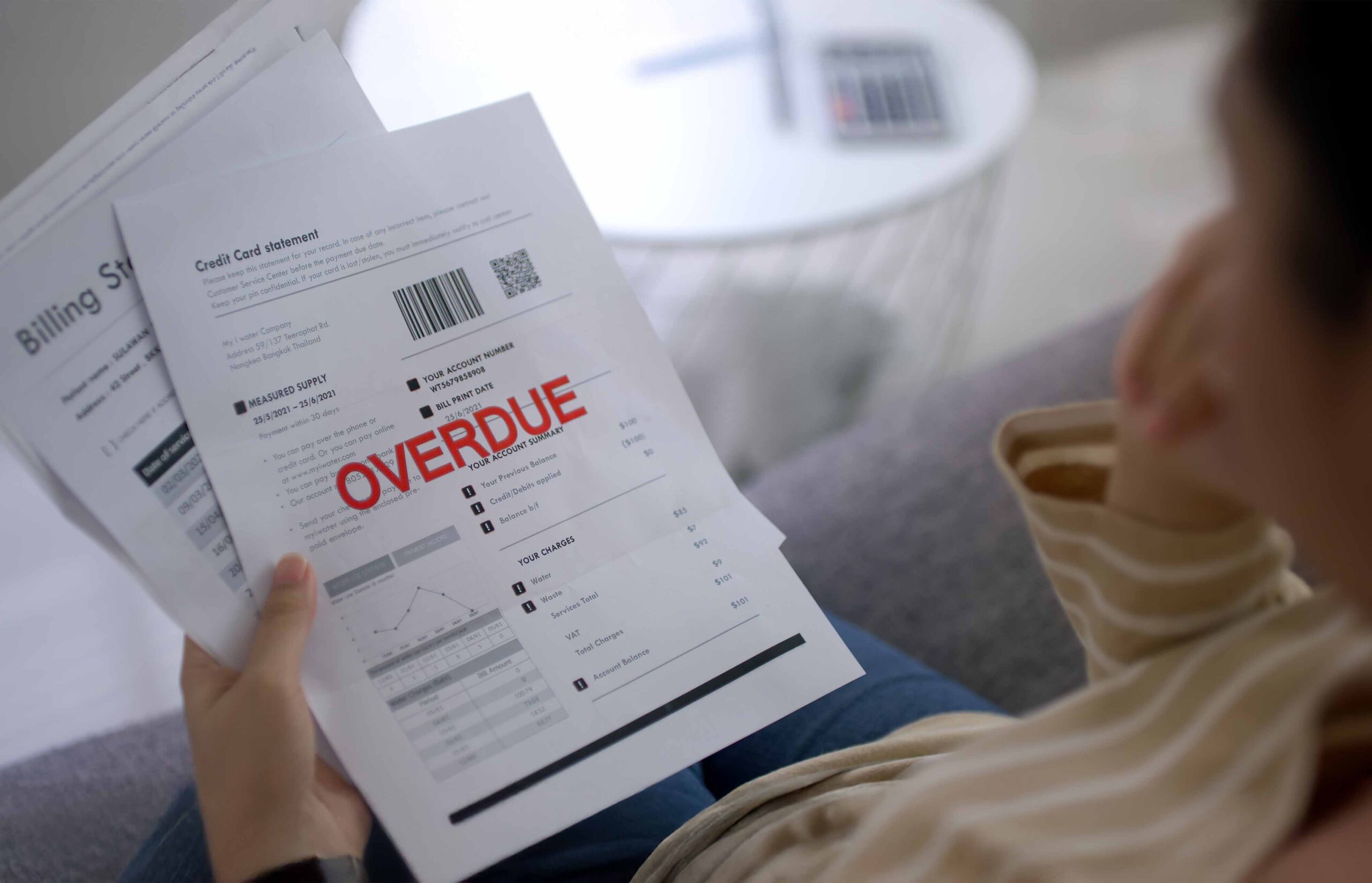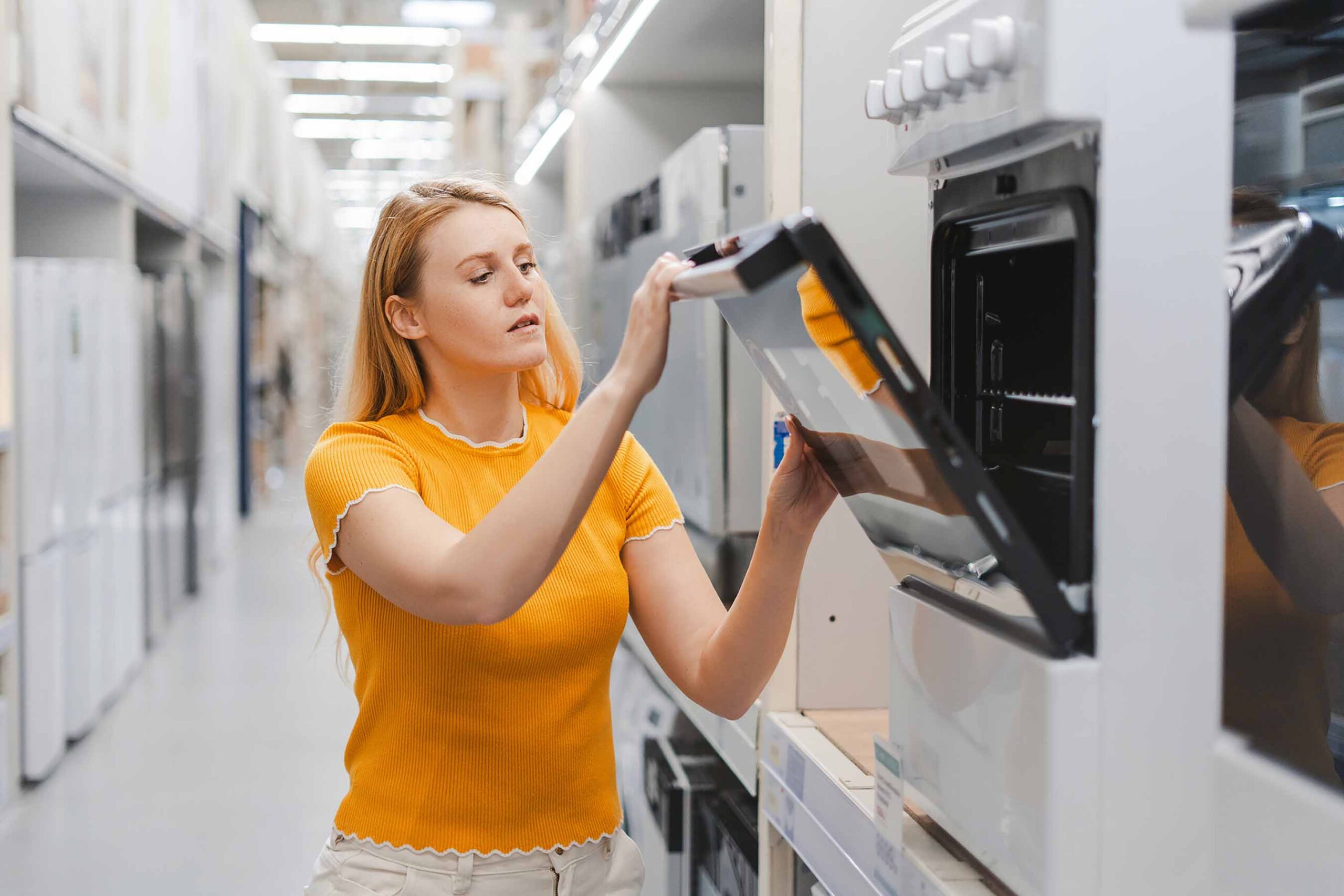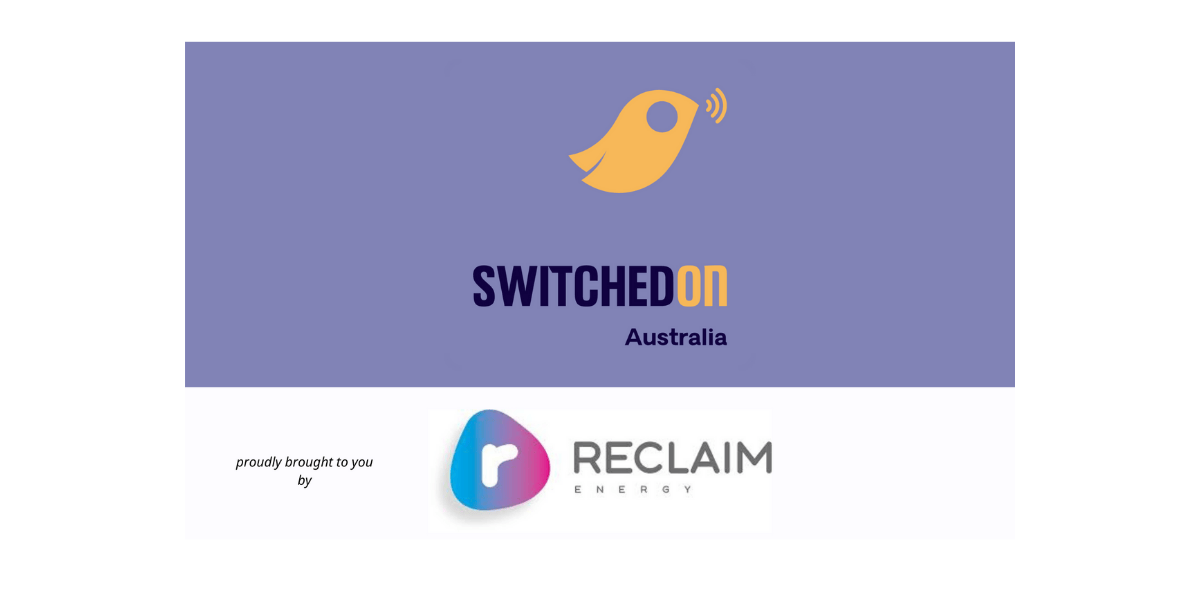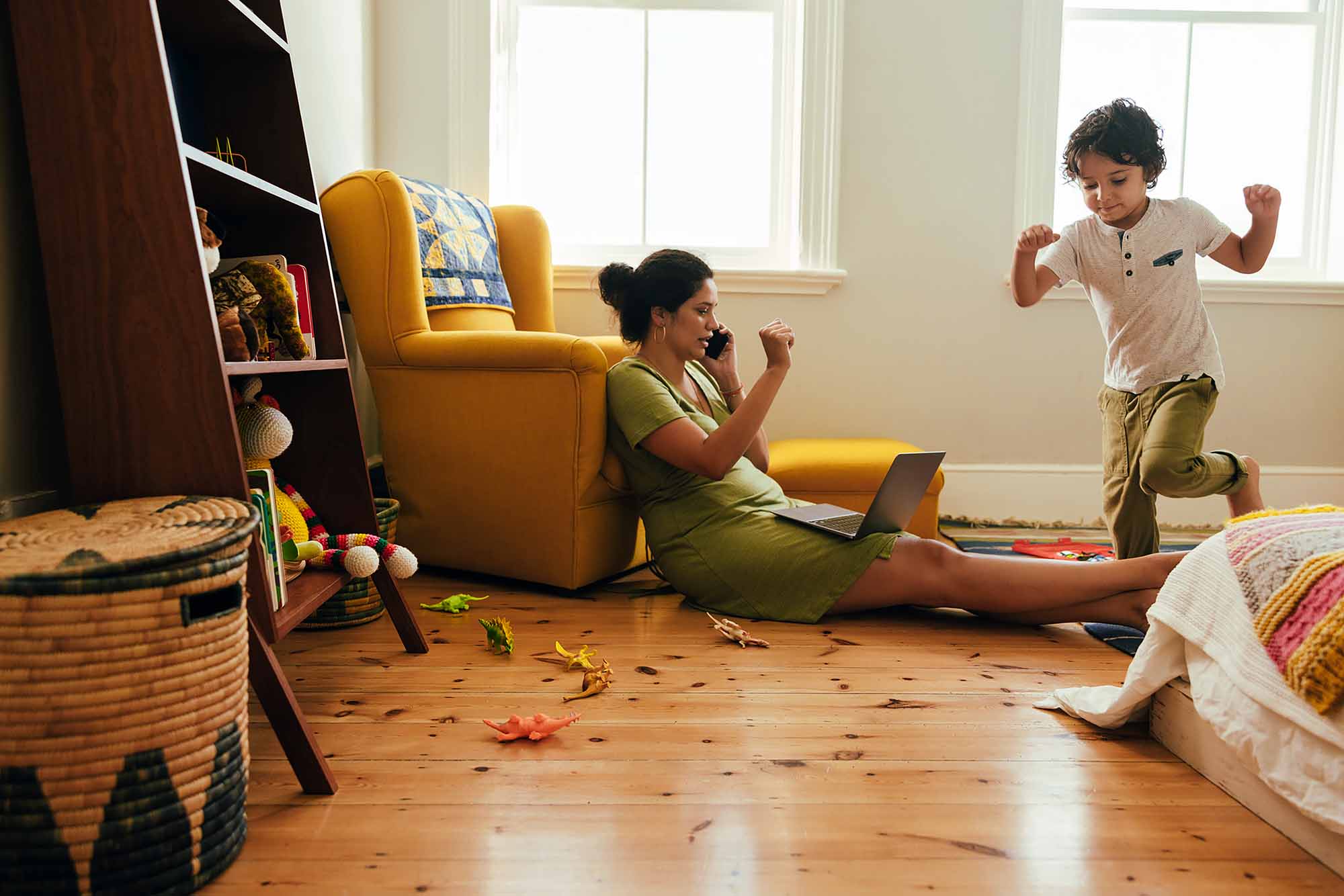Community independent Nicolette Boele explains how better climate and energy policy could help tackle Australia’s cost-of-living and housing crises.
Electrification
The pursuit of water and energy self-sufficiency on a small block in a densely-populated area has posed a host of challenges for one green home enthusiast.
State trial of one-stop-shops for households wanting to go all electric gets expanded to two new local government areas in Victoria.
The federal electorate of Calare sits at the heart of Australia’s energy transition. Independent candidate Kate Hook explains what's at stake and why this major agricultural region has more to gain than most.
Nigel Hancock from community energy group Pingala explains how solar gardens work and whether the model can be scaled to empower more communities.
Solar farms aren’t just about generating electricity and cutting emissions – they can also be a game-changer for farmers rural economies.
Electricity prices shape how—and whether—households and businesses will invest in the technologies essential for decarbonisation.
Report warns excluding cooktops from residential gas phase-out could take a big bite out of billion-dollar consumer savings and benefits for the grid.
US energy economist says we have got our electricity tariffs all wrong, by focusing almost exclusively on what utilities need, and not consumers.
Most so-called ‘community batteries’ are actually installed by electricity networks, but this local group managed to navigate the significant financial, regulatory and system hurdles.
Rising energy bills are driving a surge in complaints. The NSW Energy Ombudsman wants better consumer protections and retailer accountability.
Australians are often being misled when they try to make sustainable electrical appliance choices, and consumer law isn’t doing enough to protect them.
NSW Energy and Water Ombudsman Janine Young unpacks the surge in energy complaints and explores what stronger consumer protections should look like.
New research finds Australia lags in providing transparency on appliance lifespan and maintenance, making it harder for people to electrify efficiently and responsibly.
The energy industry needs to design products and services that align with how people actually live, rather than expecting them to fundamentally change their behaviour to fit industry models.
The energy industry has assumed consumers manage their energy use like ‘mini-economists’ or ‘mini-engineers.’ Digital sociologist Professor Yolande Strengers says this is wrong.
